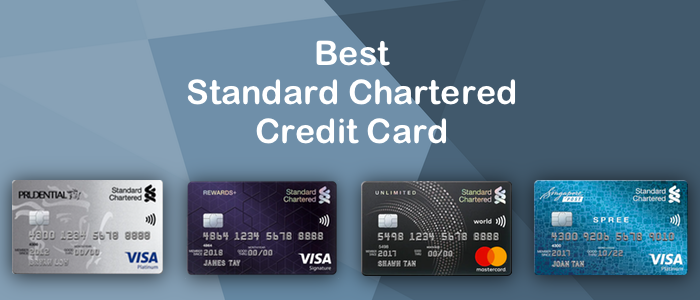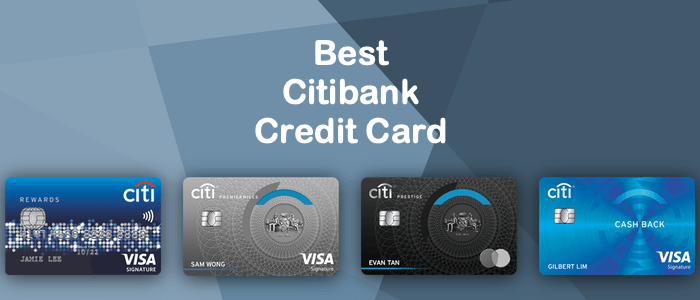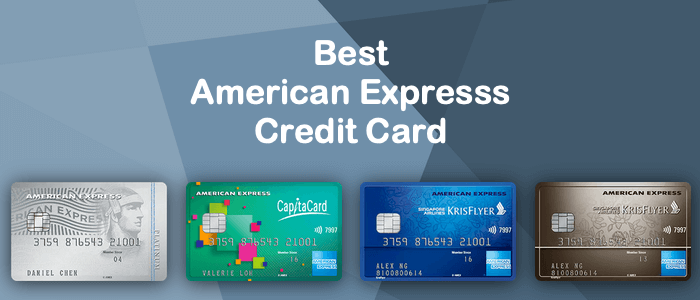
Every now and then, we’re aware of the fact that we need to get back to basics when it comes to explaining credit cards and how to use them. We’re indebted, then, to the Singapore government who have provided an easy-to-use guide on money and credit which shows – in an unbiased and unblinkered fashion – the ins and outs of a credit card.
One of the questions that’s often asked about credit cards is how your credit card limit is worked out. You might have an identical card to a friend who is in a similar financial position to yourself, but your credit limits are very different. Why’s that?
Of course, even if you have a multi-thousand dollar credit limit, the first thing you must realise that it’s not “free money”. If you borrow against your card – that is, spend up to your limit – you have to be aware that you will have to pay it back at some stage, most likely with interest. That’s why we recommend that card holders make efforts to pay off their balances every month and never spend more than they can afford.
Your credit card limit is worked out in conjunction with your credit report, a snap-shot of your current financial standing. Banks use this to see, at a glance, how much of a financial risk you are, and whether you have the ability to pay back any money you might borrow from them.
In Singapore, the minimum wage required to apply for a credit card is S$30,000, and the credit limit is set at four times the monthly income. This is a combined limit that’s spread across all lending, meaning that if you already have credit, your new limit may be lower than anticipated.
Older applicants have different rules. If you’re over 55 and earn at least S$15,000, you’re granted a limit based on two times your monthly income, rising to four times for a salary over 30,000 dollars.
If you’re well off with a salary of over $120,000, or have assets of over two million dollars, the credit card issuer will grant a limit based on their discretion. In other words, the sky’s the limit, as far as the bank thinks you’re a risk.
At the other end of the scale – if you don’t fulfil minimum income requirements, you may still be granted a “micro” credit card with a limit of around $500. The interest on these may be significantly higher than regular cards as the bank will see you as a higher risk.
In short, it’s all based on risk: If the bank looks at your credit report and thinks it can trust you, you’ll get a higher limit and lower interest rates, along with better user benefits. That’s why it pays to keep your credit rating as clean as possible.
Article by Jason Taylor – [email protected]





